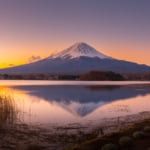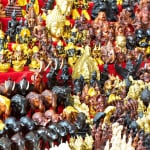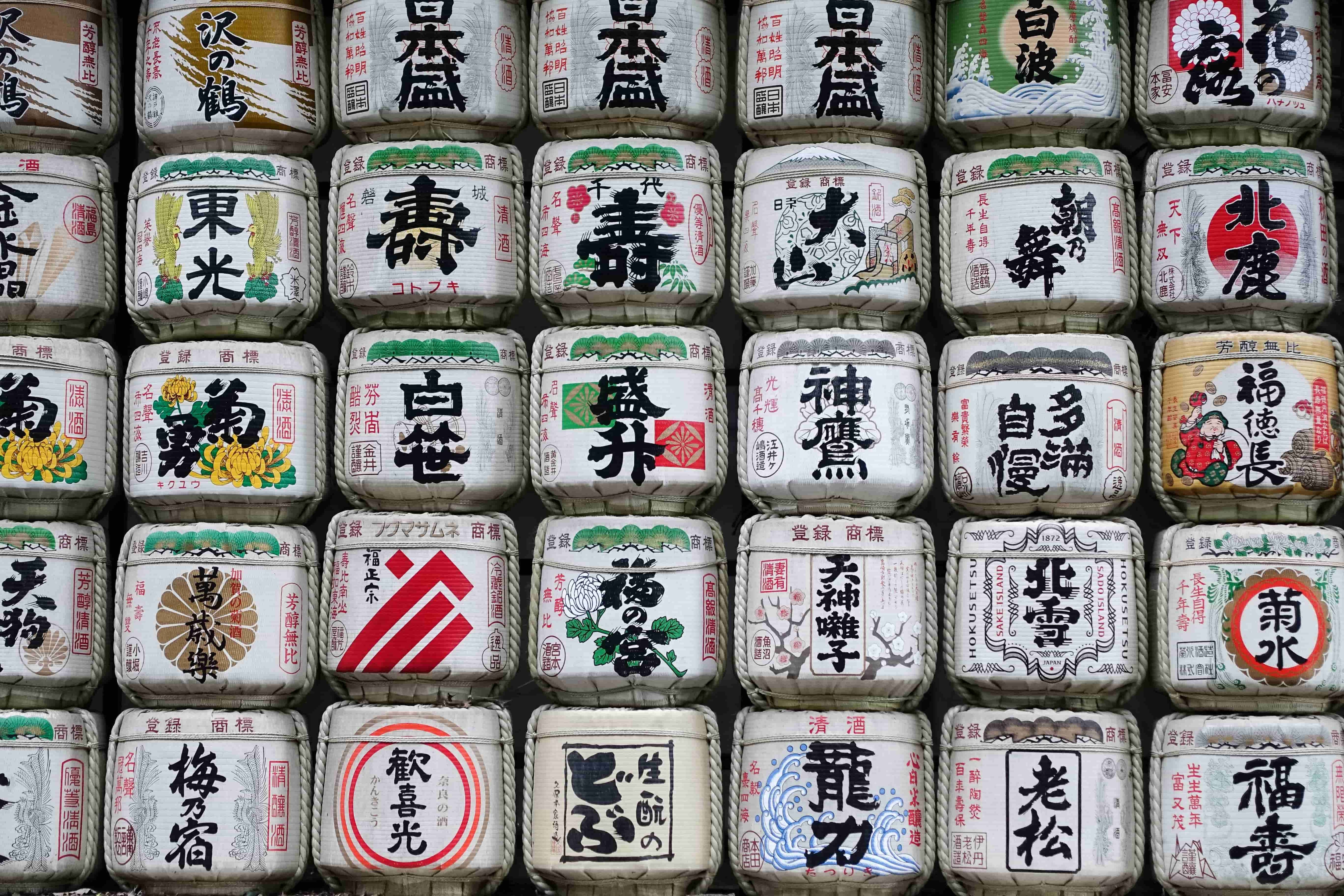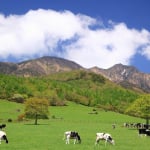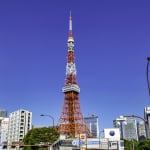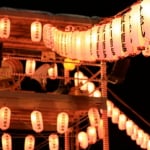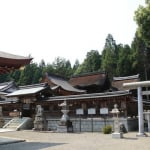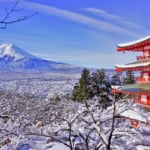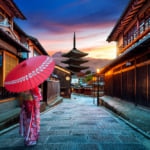You’ve arrived in the Land of the Rising Sun—whether you’re in the midst of planning your adventure or already sitting at a bar, desperately searching for sake brands to help you decide what to order. While in Japan, it would be a missed opportunity not to indulge in the local beverages. With so many choices available, where do you start? Read on to dive into the fascinating world of Japanese alcohol and uncover the best ways to savor it.
table of contents
[x] close
A Comprehensive Guide to Japanese Alcohol and Sake
Types of Japanese Alcohol
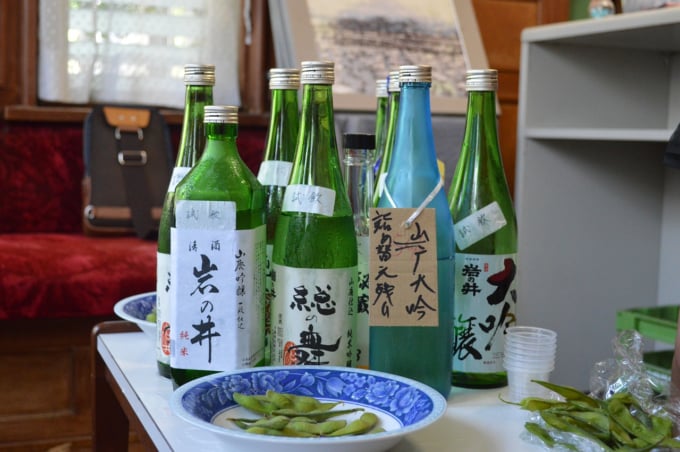
Photo by pixabay.com
First, it’s essential to understand that in Japan, the term "sake" encompasses all kinds of alcohol—from beer to highballs. What we refer to as sake in English is actually known as nihonshu in Japanese, a type of rice wine that typically has an alcohol content of 13-16%. This drink is often the first choice for foreigners, and its mild, slightly sweet flavor makes it an excellent introduction to Japanese alcohol.
However, you’ll also encounter shochu, awamori, and koshu, which are sometimes mistakenly grouped under "sake" and ordered by those new to Japanese beverages. These drinks generally have a higher alcohol content and a much stronger flavor than nihonshu, which can be daunting for first-timers and may lead them to wrongly assume that Japanese alcohol isn’t for them.
Shochu
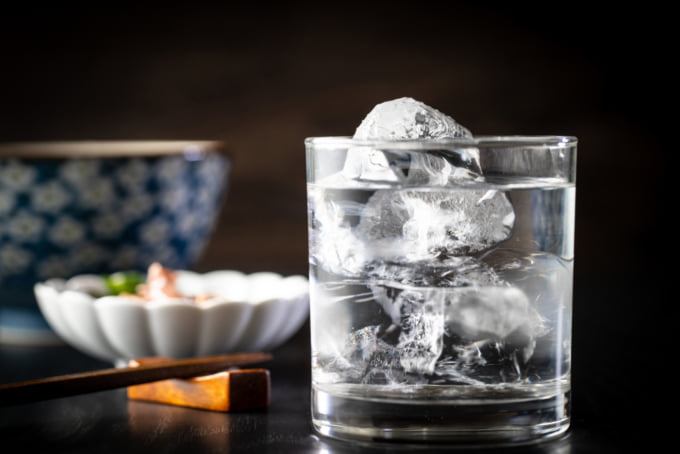
Photo by jazz3311/Shutterstock
While nihonshu is fermented much like wine, shochu is a distilled spirit, making it more akin to vodka or whisky. It can be crafted from a variety of ingredients, including rice, sweet potato, barley, buckwheat, and sugar cane, leading to an impressive range of flavors.
If you’re trying shochu for the first time, it’s a good idea to start with a mix of soda or water before sampling it neat. You’ll often find it in cocktails like highballs or lemon sours, which combine lemon juice, soda, and shochu for a refreshing twist. This approach allows you to gradually appreciate the unique flavors of shochu while enjoying a delicious drink.
Awamori
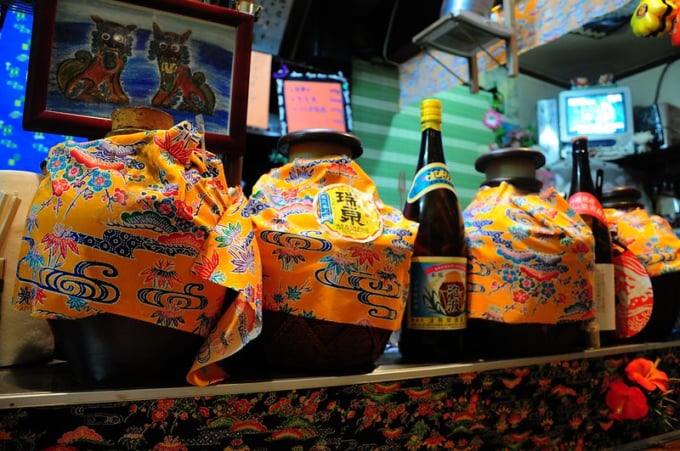
Photo by Liam/Flickr
Similar in flavor to shochu, awamori is Okinawa's local spirit, a distilled beverage made from long-grain rice. It generally has a higher alcohol content than shochu, typically ranging from 30-40%, and is often aged in clay pots, which deepens its flavor. The term kosu refers to awamori that has been aged for a longer period in these pots.
For those visiting Okinawa and looking to be adventurous, consider trying habushu, a unique drink made by steeping the local pit viper, known as habu, in awamori. This daring choice provides a truly distinctive experience for the intrepid traveler!
Koshu
While nihonshu is usually best enjoyed within a year or two of production, Japanese brewers have recently rekindled the tradition of aging this rice wine. Known as koshu, this "aged alcohol" is produced under specific conditions and allowed to mature for several years. The flavors can vary greatly depending on the brewer and their unique aging techniques, making koshu an intriguing choice for those eager to venture beyond standard nihonshu. It’s especially suited for serious enthusiasts looking to deepen their appreciation of Japanese rice wine.
Nihonshu
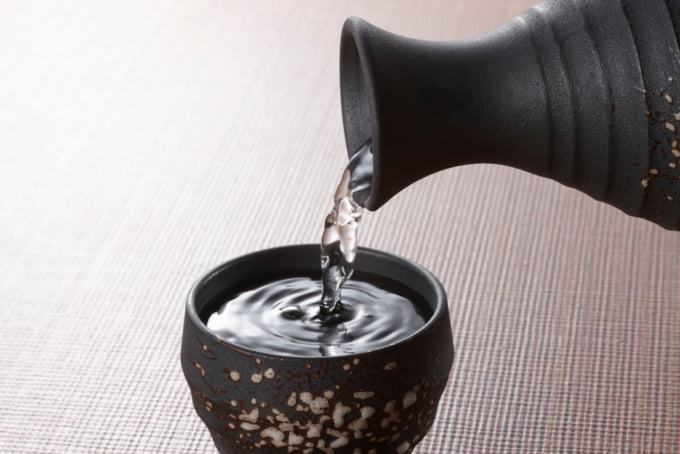
Photo by funny face/Shutterstock
If it's your first time trying nihonshu, this is a fantastic place to start. Japan boasts hundreds of different brands, each offering unique flavor profiles that can shift from year to year. While we could easily write a book on the nuances of this beloved drink—many have—let’s cover the essentials here.
nihonshu is categorized based on the rice-polishing ratio; the outer layers of rice contain more impurities. Futsushu, or non-premium nihonshu, is less polished, while daiginjo is the most polished and typically comes with a higher price tag. In between, you'll find ginjo, which is slightly less polished than daiginjo. Additionally, you may encounter junmai, which is pure rice wine, and honjozo, which has a small amount of distilled alcohol added.
While daiginjo and ginjo tend to be pricier, this doesn’t necessarily mean they will taste better to everyone, as individual preferences vary widely. So, don’t hesitate to explore different types and discover what best suits your palate!
Flavors
When it comes to nihonshu, understanding the flavor profiles is often more important than just the categories—especially if you're not yet a nihonshu-tasting expert. These flavors can generally be divided into two main types: dry and sweet, much like white wine. In fact, some nihonshu variants can resemble their Western counterparts, particularly on the sweeter side. This is why, if you’re completely new to nihonshu, it’s often recommended to start with a sweeter option to ease into the experience.
To Warm or Not to Warm
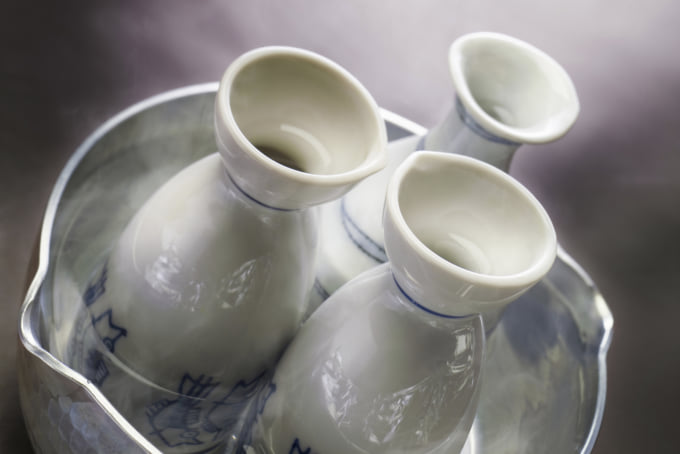
Photo by KPG Payless2/Shutterstock
Nihonshu, along with shochu and awamori, can be served chilled, warmed, or at room temperature. Typically, each brand of nihonshu is crafted to be enjoyed at a specific temperature, and bartenders are usually knowledgeable about the best way to serve it. You can ask for a warm nihonshu and request their recommendation. The temperature at which it’s served can significantly affect the flavor profile, enhancing different notes and characteristics in the drink.
Famous Brands
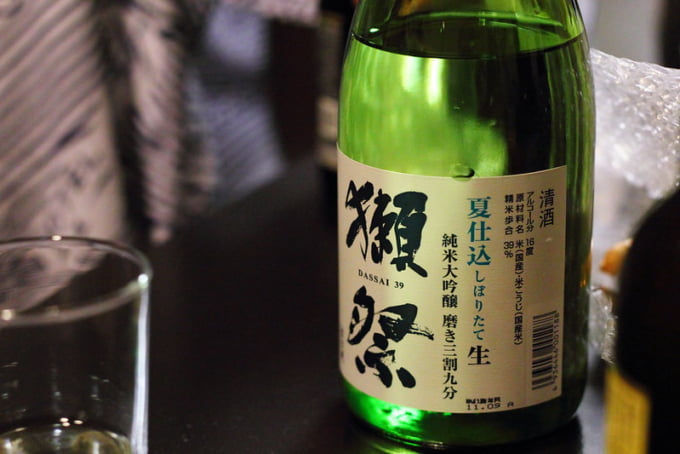
Photo by t-mizo/Flickr
Some of the most renowned nihonshu breweries include Hakkaisan, Dassai, and Kubota. Most bars are likely to offer one of these three brands, making them a safe choice if you're not ready to dive deeply into the complexities of sake. Sticking with these popular options is a great way to start your journey into the world of nihonshu.
Where to Drink Nihonshu
Walk into any izakaya in Japan, and you’ll find some kind of nihonshu waiting for you to try. If you’re traveling around the country, look for “jizake” (地酒), which means locally produced sake and usually refers to nihonshu. Much like wine bars in the West, there are also many sake bars, particularly in Tokyo, dedicated to providing customers with quality nihonshu.
If you find yourself at Tokyo Station waiting for a train, check out Hasegawa Saketan. They offer a wide range of nihonshu, and most bartenders speak enough English to help you choose a type that suits your taste. For a more extensive experience, visit Shimomiya in the western part of the city, where their menu features over 200 varieties from across Japan—a perfect way to explore this beloved regional drink.
And if you happen to be passing through Niigata Station, you can even find a nihonshu vending machine that lets you sample small cups of the beverage for just 100 yen!
For the Sweet Tooth
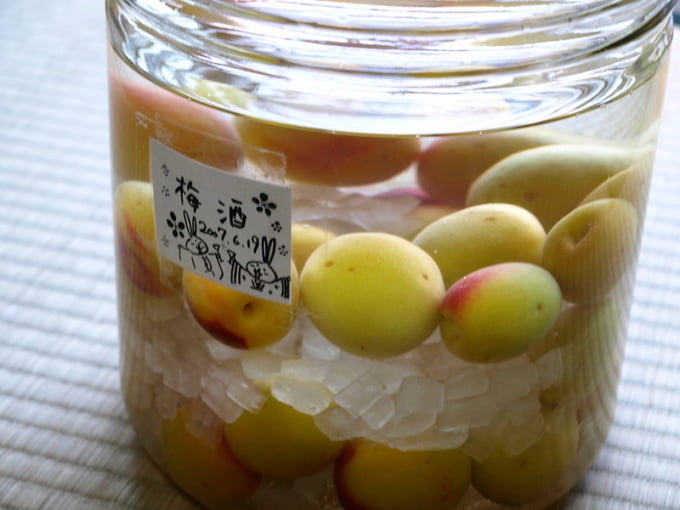
Photo by merec0/Flickr
If you find that nihonshu has too strong a flavor for your palate, there are plenty of sweeter options to explore. Umeshu, for example, is made by steeping Japanese plums in shochu and adding a generous amount of sugar, resulting in a delightful sweet and sour taste.
You might also come across yuzushu, made with the native yuzu citrus fruit, which offers a flavor reminiscent of a blend between lemon and orange. Both of these drinks are quite sweet and perfect for those looking for a more sugary profile.
Another option is momoshu, which is brewed using Japanese peaches or peach juice. Additionally, you'll find a variety of beverages known as chuhai, short for shochu highball. Chuhai comes in numerous flavors, typically mixing some kind of fruit juice with soda and shochu, making it a refreshing choice for those seeking something lighter and fruity.
Other Japanese Alcohol
While it may not be a traditional choice, beer remains the most consumed alcoholic beverage in Japan. The market is largely dominated by well-known brands like Asahi, Kirin, and Sapporo. However, in recent years, there’s been a growing interest in craft beer, with more izakaya and bars offering local brews from various regions.
If you find yourself in Tokyo and want to sample some local craft beer, check out the Hitachino Brewing Lab at Tokyo Station. Originally a rice wine brewery, this establishment now produces a diverse range of beers that blend European brewing techniques with Japanese ingredients. Be sure to try their red rice ale or the XH beer, which is aged in shochu casks—both are unique options that showcase their innovative approach to brewing.
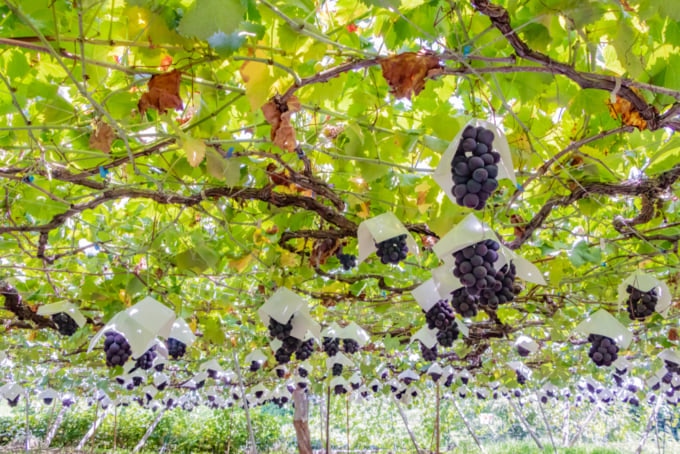
Photo by Princess_Anmitsu/Shutterstock
Just a couple of hours' drive west of Tokyo lies Yamanashi Prefecture, renowned for its delectable fruits and celebrated as Japan's wine region. The Kofu Basin is particularly significant, as it’s considered the birthplace of Japanese winemaking. Here, the unique climate and fertile soil contribute to the production of exceptional wines, making it a must-visit destination for wine enthusiasts and food lovers alike.
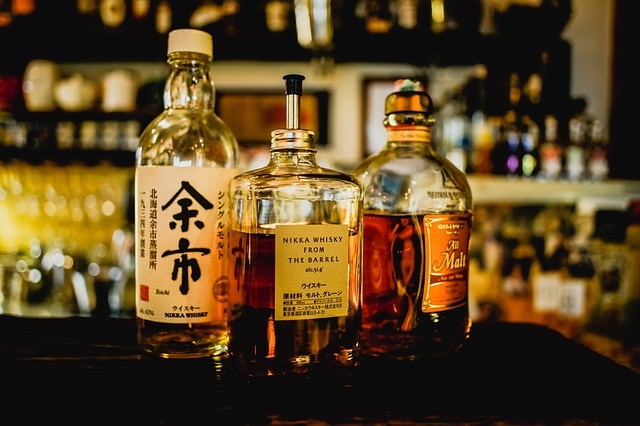
Photo by www.maxpixel.net
Japanese whisky has gained international acclaim in the past decade, with renowned distilleries like Nikka and Suntory boasting nearly a century of craftsmanship. The flavor profiles of Japanese whisky often resemble Scotch rather than bourbon, typically exhibiting a slightly sweeter taste than its Scottish counterpart. However, the skyrocketing popularity has led to significant price increases for sought-after bottles, making age-statement whiskies like Hibiki 17 and Yamazaki 12 challenging to find, even within Japan.
For those looking to delve into this world, Suntory's Hakushu Distillery, located a couple of hours' drive from Tokyo at the base of the Minami Alps, is a fantastic destination. In addition to touring the distillery, visitors can enjoy sampling rare Suntory whiskies at the on-site bar, where prices remain surprisingly reasonable. It's a perfect spot for whisky enthusiasts to explore and appreciate the artistry behind Japanese whisky.
